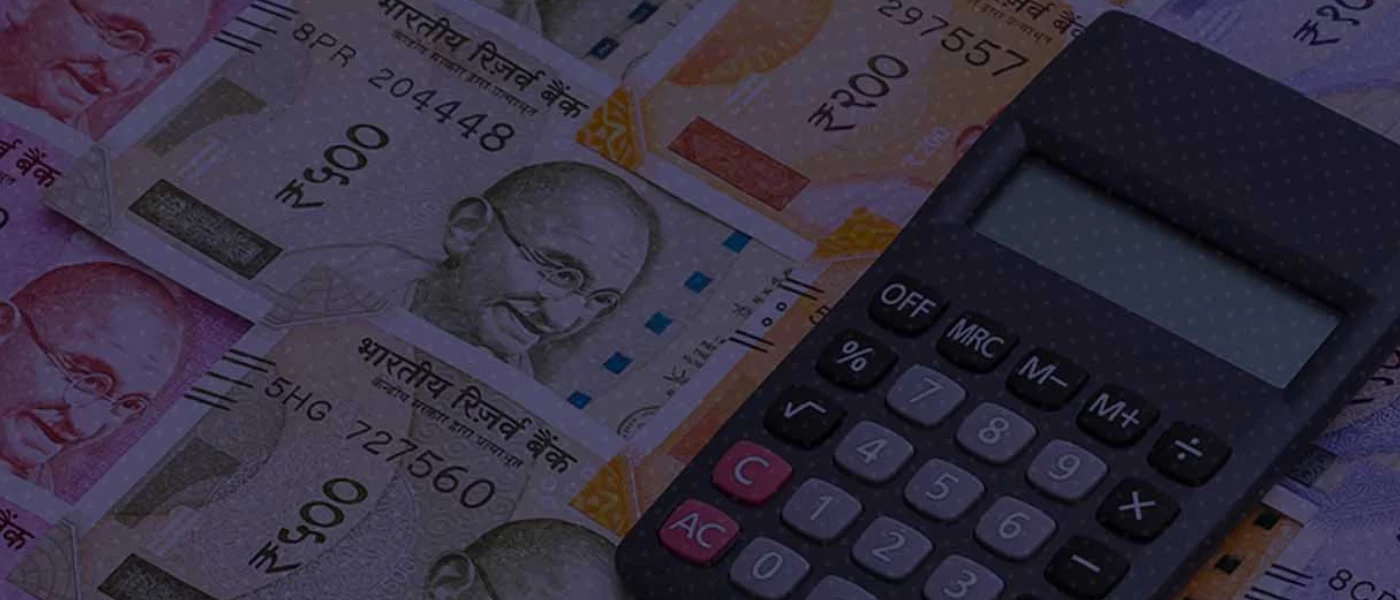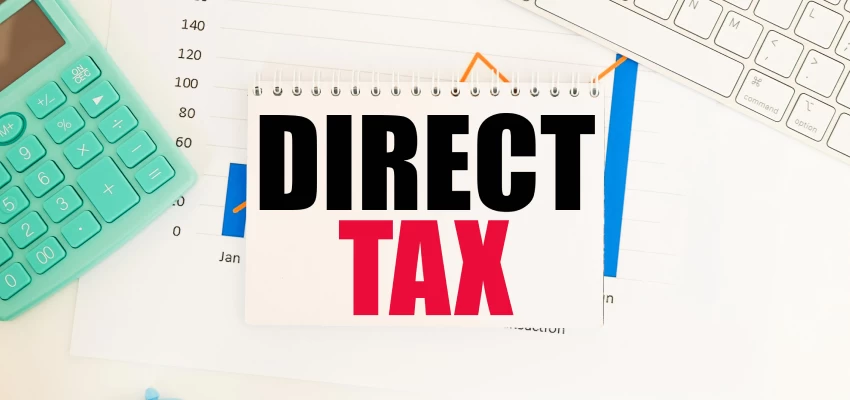Taxation upon exit of a partner from a partnership firm has been a contentious issue since long. Till Financial Year 1987-88, distribution of capital assets on dissolution of partnership firm was specifically excluded from capital gain taxation[1]. Resultantly, as a tax planning exercise, taxpayers used to convert partnership assets into individual assets either upon retirement or dissolution, contending that no capital gains tax was payable in relation to the same.
To prevent misuse of exemption provisions, the Legislature introduced Section 45(4) in the Income-tax Act, 1961 (‘IT Act’) vide Finance Act, 1987[2]. This new provision imposed capital gains tax in the hands of the partnership firm if the firm distributes capital asset(s) to its partners either upon dissolution or otherwise. Though the said provision was intended to plug the loopholes in the earlier regime (i.e. pre-1988), however, it ended up resulting in long-drawn litigation between taxpayers and the Department on numerous issues.
Introduction of amendment to resolve these issues under Section 45(4) was thus certainly one of the things on the taxpayers’ wish list. However, through Finance Act, 2021, the Legislature has gone far beyond the expectations of the taxpayers by redesigning the entire scheme of taxation upon reconstitution and dissolution of partnerships.
Redesigned law: Favourable to the taxpayer or the taxman?
This Article critically analyses the above question and also analyses some of the open issues that are present in the newly enacted provisions. The amendments proposed by the Legislature are discussed in subsequent paragraphs.
Substitution of Section 45(4) of the IT Act
The amended provision starts with a non-obstante clause and hence, will override anything contrary provided in the IT Act. The section provides as follows:
- Where a specified person (i.e. partner or member) receives money or capital asset(s) or both from a specified entity (i.e. firm or AOP or BOI) in connection with the reconstitution of the specified entity,
- then any profit or gains arising from receipt of such money by the specified person shall be chargeable to income-tax as income of such specified entity under the head ‘Capital gains.
- Gains arising under Section 45(4) shall be computed as per the following formula:
Formula: A = B + C – D
A = Capital Gain chargeable to income-tax*
B = Money received
C = FMV of Capital asset(s) received
D = Capital Account balance of partner or member (without taking into account increase in capital account due to revaluation of any asset or due to self-generated goodwill or other self-generated asset)
*In case ‘A’ in the above-mentioned formula comes out to be negative then it shall be deemed to be zero.
The term ‘reconstitution of specified entity’ as used in the aforesaid provisions has been defined to mean –
- Retirement of one or more partner or member;
- Admission of one or more partner or member in a firm/AOP/BOI wherein at least one existing partner or member continues;
- Change in the share of some or all the partners or members.
Analysis of above provision
The above provision taxes the gains derived by a partner upon receipt of money or capital asset or both at the time of reconstitution of the firm. The gains derived by the partner have been deemed to be the income of the firm and accordingly taxed in the hands of firm. The provision will operate mostly in cases of retirement when a partner receives money for its share in the firm.
The way the provision has been worded, it seeks to resolve the litigation around following prevalent issues in past:
- Taxation on receipt of money (or any other asset) by partner upon retirement has been a contentious issue with judgments existing in both favour and against. With the amendment, the Legislature seems to favour the view that upon retirement of a partner, there is transfer of right in the partnership firm and hence, capital gains tax should be levied in respect of the same.
- The provision explicitly clarifies that the amount of revaluation of assets is not to be included in the capital account balance of the partner while computing capital gains, resulting in additional tax cost for the retiring partners.
In the past, various Benches of Tribunal have decided this issue in favour of taxpayers by holding that revaluation amount is to be included in the capital account balance for computing capital gains. However, this amendment overrides the ratio laid down in those judgments.
Introduction of Section 9B to the IT Act
As discussed, the Finance Act, 2021 has also introduced a new provision i.e. Section 9B in the IT Act. Provisions of Section 9B provides as under:
- Where a specified person (i.e. partner or member) receives during the previous year capital asset or stock-in-trade or both from a specified entity (i.e. firm or AOP or BOI) in connection with dissolution or reconstitution of such specified entity,
- then the specified entity shall be deemed to have transferred such capital asset or stock-in-trade or both, as the case may be, to the specified person in the year in which such assets are received by the specified person.
- Profit or gains arising from receipt of such deemed transfer shall be chargeable to income-tax as income of such specified entity under the head ‘PGBP’ (in case of stock-in-trade) or ‘Capital gains’.
- The fair market value of the capital asset or stock-in-trade shall be deemed to be the full value of consideration for computation of capital gain.
Analysis of above provision
The newly enacted provision seeks to tax the transfer of capital assets or stock-in-trade by a firm to its partner upon dissolution or reconstitution. The provision resolves the following issues litigated in the past:
- In the earlier regime, taxation upon transfer of capital assets at the time of retirement was a contentious issue. There were judgments both in favour and against of taxing said gains. The new provision has now expressly provides that capital gains tax will apply in case a capital asset is transferred to the partner.
- Earlier if stock-in-trade was distributed to the partner, partnership firms used to argue that no tax was payable by the firm under the erstwhile Section 45(4). However, the new provision has made it amply clear by providing that the same will be taxed under the head ‘PGBP’.
The above amendments also tilt the bar in favour of the taxman.
Amendment to Section 48(iii) of the IT Act
To understand the amendment made by Section 48(iii), it is important to understand the interplay between Sections 45(4) and 9B of the IT Act. Let us understand the same with the help of an illustration:
- FMV of Capital Asset received by the partner upon retirement– INR 1,000/-
- Cost of Capital Asset – INR 200/-
- Capital Account balance of partner (without revaluation) – INR 700/-
In the above facts, taxation under the new provisions is as follows:
- Capital gains under Section 45(4) - 1000 (FMV of capital asset) less 700 (capital account balance) = 300
- Capital gains under Section 9B (without reading amendment to Section 48) - 1000 (FMV of capital asset) less 200 (cost of asset) = 800
- Impact of amendment to Section 48 - The double taxation of INR 300 as evident in Section 45(4) and Section 9B has been sought to be eliminated.
With the amendment to Section 48(iii), while computing the full value of consideration under Section 9B, the capital gains attributable to the capital asset which has got subjected to tax in Section 45(4) will be excluded. Meaning thereby, the full value of consideration in the above example will be considered as Rs. 700 (i.e. 1000 less 300) instead of Rs. 1000.
Issues in the newly introduced provisions
While the new provisions have attempted to resolve the litigation around certain issues, the way the provisions have been worded, they may open litigation in few new issues. Some of the potential issues are discussed as follows:
Taxation under Section 45(4) on receipt of asset other than capital asset - Section 45(4) becomes applicable when a partner receives money or capital asset from the partnership firm. In case a partner receives stock in trade, on literal reading of provisions one would want to contest that Section 45(4) will be inapplicable. However, the Taxman may argue that under Section 45(4), the term ‘capital asset’ should be read qua the partner and not qua the partnership firm and hence, even receipt of stock in trade will be taxable in Section 45(4).
Capital gains under Section 45(4) will qualify as short term of long-term capital gains? – Classification of capital gains into long term and short term is essential to determine the rate of tax which may be applied on the capital gains. The classification depends upon the period of holding of the capital asset.
For the purpose of Section 45(4), should the period of holding be considered from the date the person became the partner of the firm or should it be counted based on the time capital was introduced by the partner in the firm. There is ambiguity in this regard in the provisions.
Without clear guidance in this aspect, it is practically not possible to determine the tax amount. With this implication, can it be said that no capital gain tax is to be paid as the computational machinery becomes inoperative? It will be an interesting question to watch out for.
Taxation on receipt of money by a partner at the time of dissolution – Section 45(4) covers cases of reconstitution only and not the cases of dissolution. Whether without explicit mention in the provision, Taxman can argue that even the cases of dissolution will be covered under the term ‘reconstitution’? This issue may also have wide ramifications.
Conclusion
The amendments brought about by the Finance Act, 2021 will resolve quite a few issues which were subject matter of litigation in the past. However, the issues have been resolved mostly in favour of the taxman.
Having said that, the new provisions also have certain open issues for which it is important that CBDT provides appropriate clarifications. Else, the time is not far when we get to see a new round of litigation in partnership taxation.
[The authors are Senior Associate and Associate respectively, in Direct Tax practice, Lakshmikumaran & Sridharan Attorneys, New Delhi]
- [1] Not considered as transfer as per Section 47(ii) of the IT Act.
- [2] Para 36 to Memorandum explaining the Provisions in the Finance Bill, 1987.











